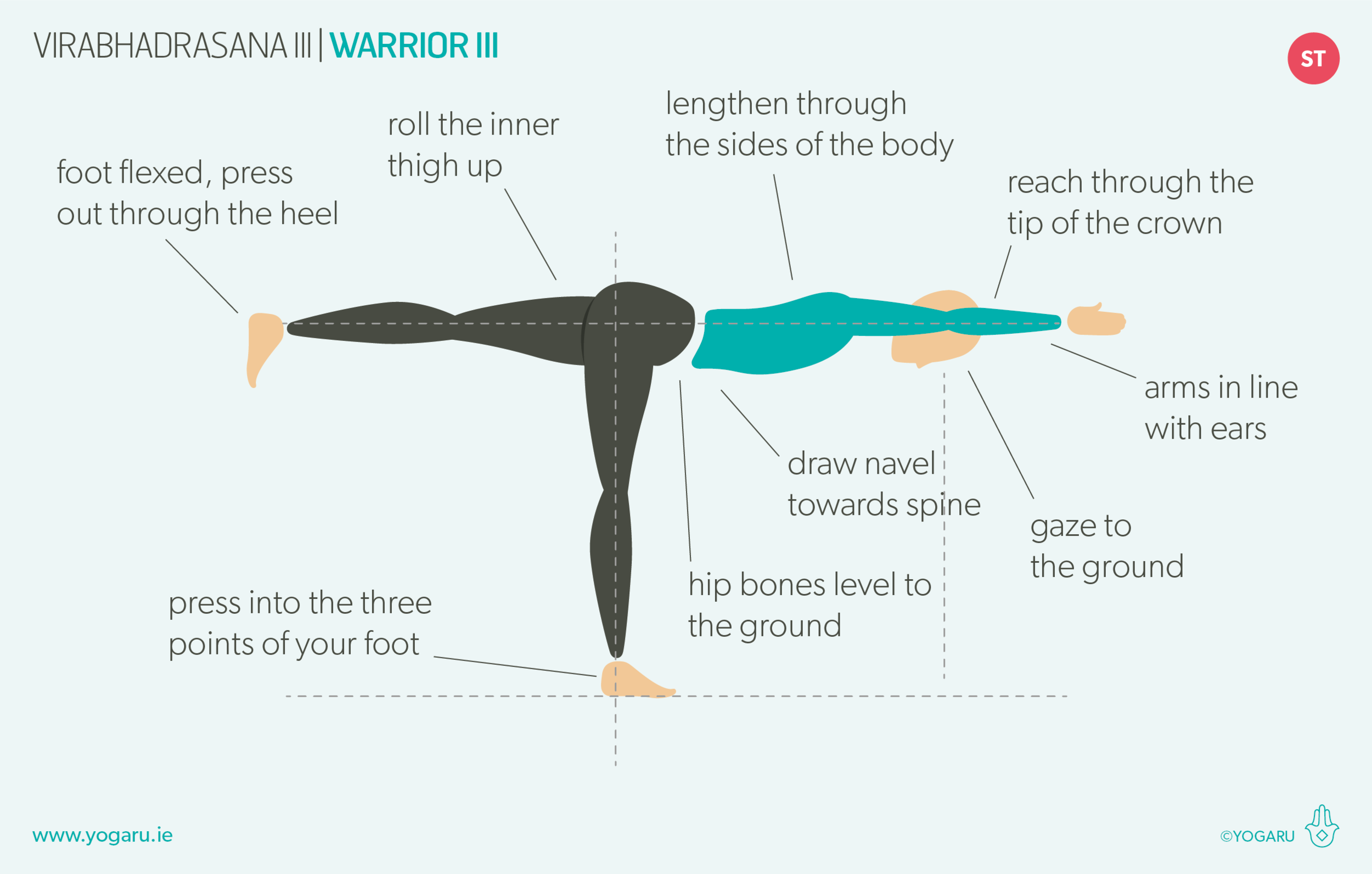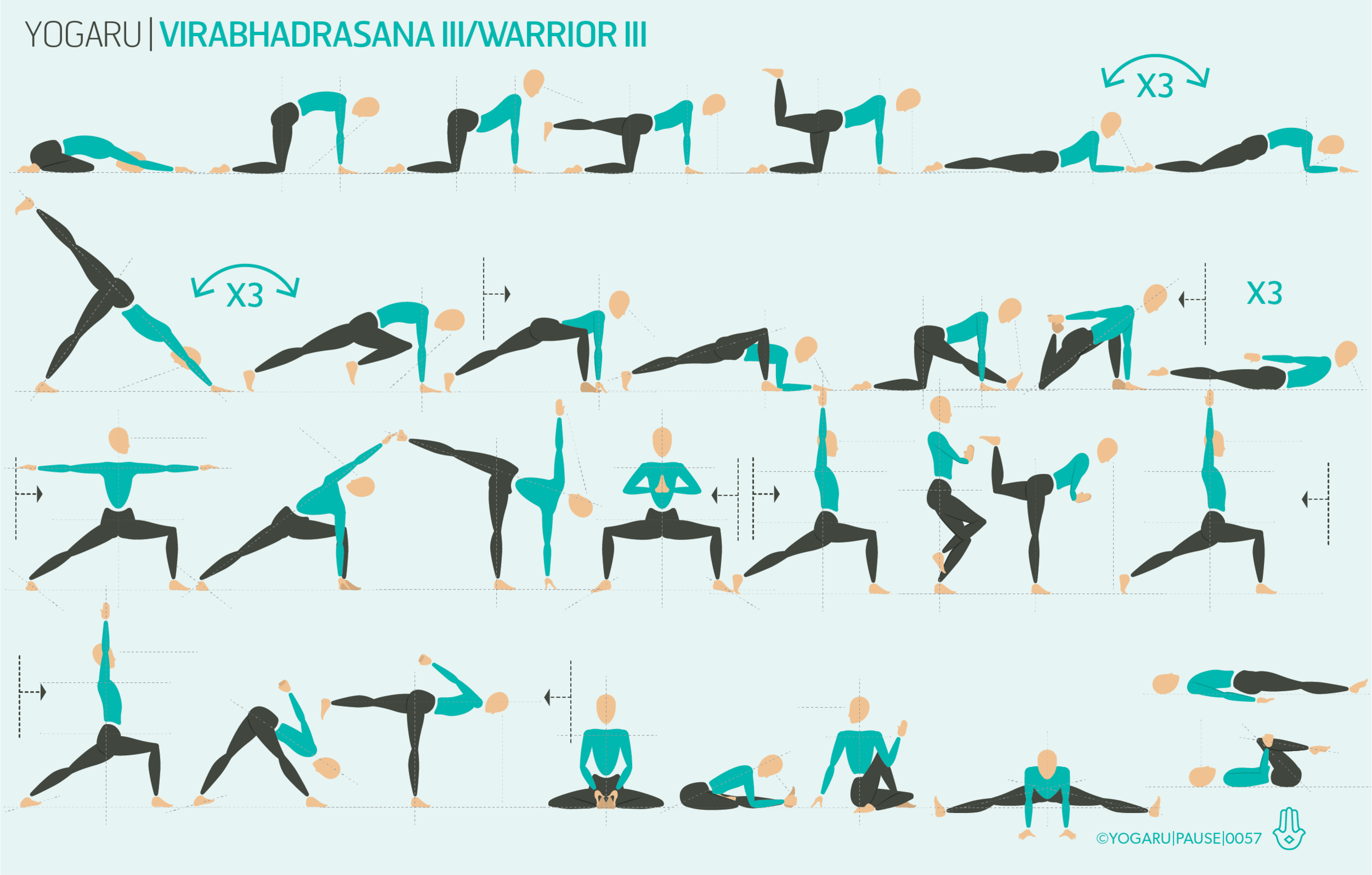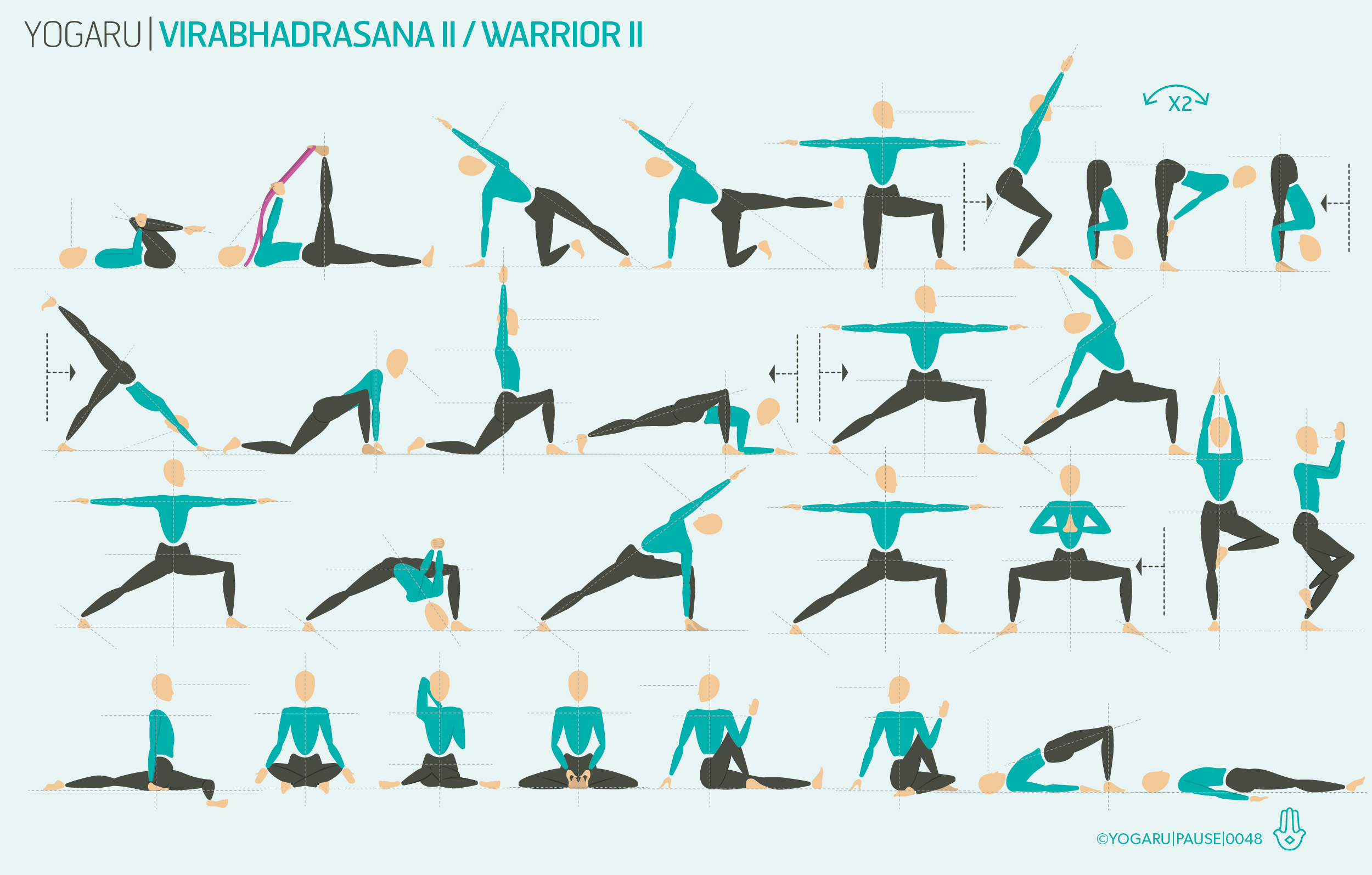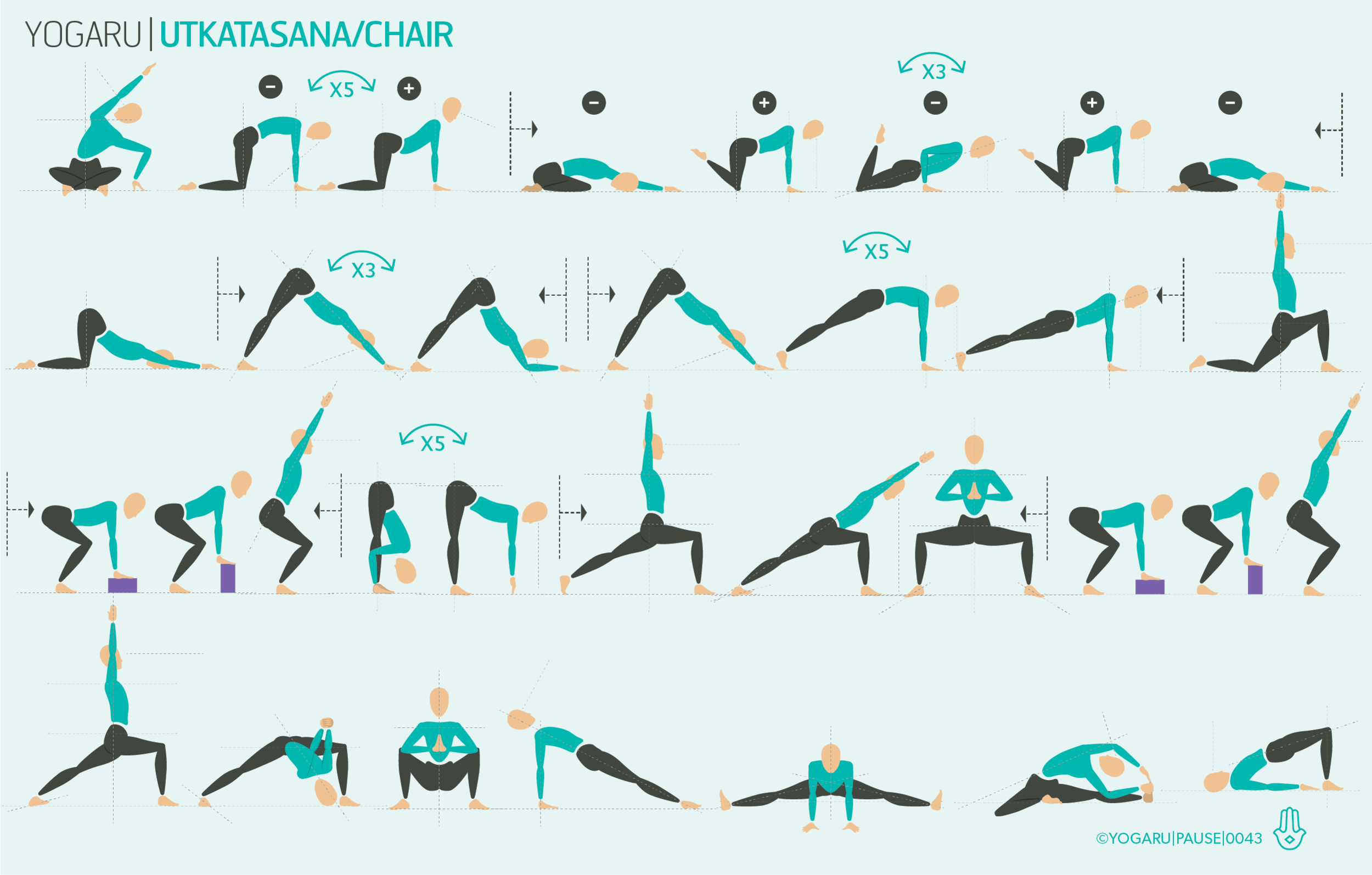MAKING PEACE WITH WARRIOR III
After years of getting frustrated by how difficult I found Virabhadrasana III/Warrior III I have finally made peace with it. That’s not to say I have found perfection in the pose, but by breaking down its components I understand better why it is a tricky pose. The main challenge of Virabhadrasana III/Warrior III is that essentially it is a balancing pose where the standing leg is carrying the full weight of the body, and your centre of gravity is challenged by the back leg extending back and the upper body extending forward like a seesaw. You are also reaching back through the heel of that back leg with nothing to press against, which makes it much harder to find strength in the lifted leg. Your back is lifting the weight of the whole upper body, and the standing leg is stretching the back of the hip and the hamstrings. This means the upper body is using the muscles of a backbends, while the lower body is using the muscles of a forward bend. With all this going on the core strength is being recruited in its full circumference – front, sides and back – to stabilise you. All these opposing actions happening at the same time, it's no wonder we find Virabhadrasana III/Warrior III challenging!
THE BENEFITS OF VIRABHADRASANA III/WARRIOR III
Virabhadrasana III/Warrior III is very strengthening for the ankles, legs, shoulders and spine. It gives an opportunity to use the deep muscles of the care to find you balance and work against gravity to keep you reaching in both directions.
EXPLORING VIRABHADRASANA III/WARRIOR III IN YOUR PRACTICE
When you are coming into the pose keep the back foot on the ground for an extra breath before you lift up till you find the power of the muscle. If you are finding it hard to establish your balance bend the standing leg and press your foot into the ground. Lowering your centre of gravity makes it easier to find your balance. If you are finding it very hard to press through the lifted leg bend your knee and look for the strength of your muscles. Work on keeping your hips level and keep the raised leg lower than parallel to the ground if the hip of the back leg lifts up. Play around with flexing and pointing the foot of the raised leg. You’ll notice with the toes flexed you rely more on the quads to lift the leg and when pointed the hamstrings come into play.
ALIGNMENT CUES
The above sequence strengthens your hamstrings, quads, glutes and core first and then gently stretches them in preparation for you peak pose.
Print out the below tips, along with the sequence, and take some extra time in your Warrior III:
From Ashta Chandrasana/Eight Crescent Moon or Virabhadrasana I/Warrior I, place your hands on your hips, inhale, lean forward and step your left leg forward a little.
Exhale, hinge forward from the hip joint, lift your left leg parallel to the ground behind you, hips level to the ground. Roll the inner thigh of your left leg up, flex your foot and press out through the heel.
Reach your arms back or reach your arms forward in line with your ears, lengthen through your spine and the sides of the body, gaze to the ground, or to your fingertips if your arms are forward.
Enjoy establishing a new relationship to Warrior III with no self judgement and perfectionism.
To save the images for personal use click and hold down the image until the ‘save image’ option appears; on Mac hold down ‘control’ and click the image to get the option box; on PC right click on the image to get the option box. Scroll down in the ‘option box’ and click ‘save image’.
Ruth Delahunty Yogaru







